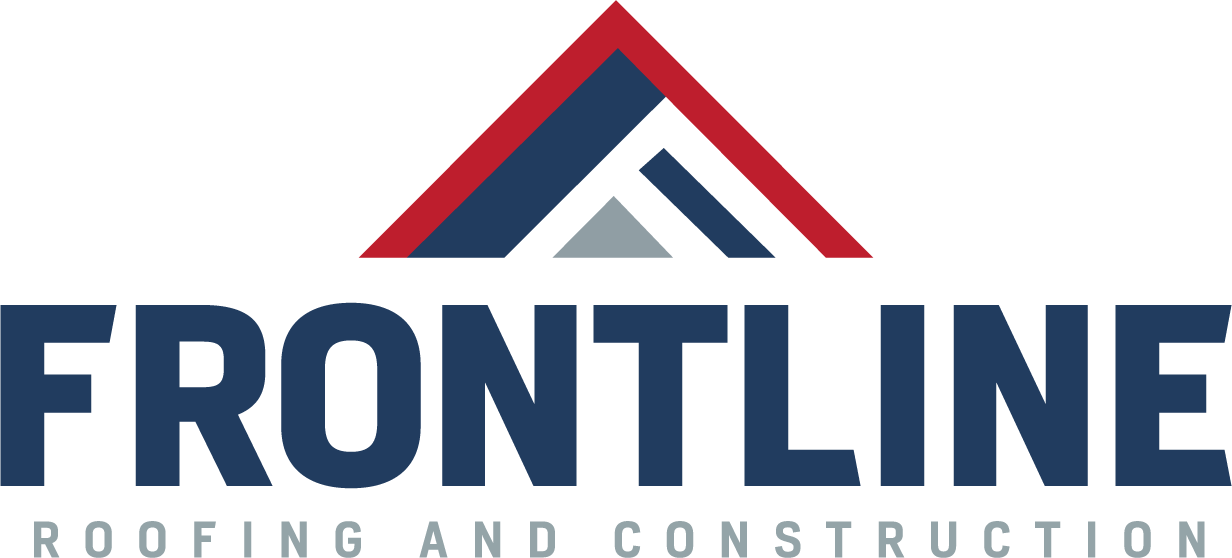Impact-Resistant Roofing: The Best Options for Storm-Prone Areas
When you live in a storm-prone area, your roof isn't just a part of your home’s aesthetic, it's the first line of defense against nature's fury. High winds, hailstorms, and flying debris can do serious damage, not just to your roof, but to your home’s structural integrity, energy efficiency, and resale value. That’s where impact-resistant roofing comes into play.
At Frontline Roofing & Construction, we’ve seen firsthand how the right roofing material can save homeowners thousands in repairs, insurance claims, and stress. In this blog, we’ll break down the best impact-resistant roofing options available, how they perform in storm-prone regions, and why investing in a durable roof is one of the smartest decisions you can make.
Why Impact Resistance Matters in Roofing
Storm-prone regions face a range of weather hazards that standard roofing materials aren’t always built to withstand. Whether it’s baseball-sized hail or winds topping 100 mph, your roof needs to be ready for the unexpected. Impact-resistant roofing not only protects your home but also reduces your likelihood of major repairs and prolonged insurance claims.
According to the Insurance Institute for Business & Home Safety (IBHS), homes with impact-resistant roofs are less likely to suffer catastrophic failure during major storms. And with roofing accounting for up to 40% of storm damage costs after a major event, the upgrade can quickly pay for itself.
What Makes a Roof “Impact-Resistant”?
The gold standard is the UL 2218 Impact Rating System. Here’s what it means:
Class 1-4 Rating: Based on a test where steel balls are dropped from various heights to simulate hail impact.
Class 4: The highest rating, materials show no signs of tearing, cracking, or splitting after the test.
Look for shingles and other materials that clearly indicate a Class 4 rating. It’s not just about materials, it’s about engineering, layering, and how it all holds up under real-world conditions.
Top Impact-Resistant Roofing Materials for Storm-Prone Areas
1. Metal Roofing
Why It’s Great:
Naturally resistant to wind and hail.
Often lasts 40-70 years with minimal maintenance.
Reflects solar heat, helping with energy efficiency.
Considerations:
Higher upfront cost.
Can be noisy during rain unless insulated.
Best For: Areas with frequent hailstorms and high winds.
2. Impact-Resistant Asphalt Shingles
Why It’s Great:
Affordable and widely available.
Class 4 shingles feature rubberized polymers for extra flexibility and resistance.
Easy to install and repair.
Considerations:
Shorter lifespan (15-30 years) than metal or tile.
Not all asphalt shingles are Class 4, look for certified brands like CertainTeed IR or GAF ArmorShield.
Best For: Homeowners looking for a balance between cost and performance.
3. Synthetic Slate and Shake
Why It’s Great:
Designed to mimic the look of real slate or wood.
Lighter and more flexible than natural materials.
Class 4 impact-rated and often fire-resistant.
Considerations:
More expensive than asphalt.
Requires professional installation.
Best For: High-end homes in regions with diverse storm threats.
4. Rubber Roofing (EPDM or Recycled Tires)
Why It’s Great:
Extremely flexible, can absorb heavy impacts without cracking.
Eco-friendly options available.
Long-lasting and low maintenance.
Considerations:
Primarily used for low-slope or flat roofs.
Not always as aesthetically pleasing for residential sloped roofs.
Best For: Homes with flat or low-slope roofs in hail-prone areas.
5. Concrete or Clay Tile Roofing
Why It’s Great:
Very durable against wind and fire.
Heavy, helping it stay in place during storms.
Aesthetic appeal for Mediterranean or Southwestern-style homes.
Considerations:
Very heavy, requires reinforced roofing structure.
Prone to cracking under heavy hail unless reinforced or rubberized.
Best For: Homes in hurricane-prone areas where wind is the bigger concern than hail.
Factors to Consider Before Choosing Your Roof
1. Regional Climate
Are you more at risk of hail, hurricanes, or tornadoes? This will guide your material choice.
2. Budget
Upfront costs vs. long-term savings on insurance and repairs.
3. HOA and Local Building Codes
Some communities have restrictions on roofing materials or colors.
4. Roof Pitch and Structure
Not all roofs can handle the weight of tile or metal.
5. Aesthetics
Choose a material that complements your home’s style and increases curb appeal.
Insurance and Cost Savings
Many insurance providers offer premium discounts for homes with impact-resistant roofing, especially Class 4-rated materials. These discounts can range from 5% to 35%, depending on your location and provider. Be sure to check with your insurer and document the roofing material with receipts and installation paperwork.
Why Choose Frontline Roofing & Construction?
We’re not just roofers, we’re your storm defense consultants. At Frontline Roofing & Construction, we:
Offer free roof inspections.
Only install Class 4-certified impact-resistant roofing.
Help navigate insurance claims and paperwork.
Back our work with warranties and satisfaction guarantees.
With years of experience in storm-prone communities, we know what works, and we’re ready to help you make the smart choice.
Conclusion: Protect Your Home with Confidence
Your roof isn’t just a structure, it’s a shield. Choosing impact-resistant roofing isn’t just about protecting your property, it’s about peace of mind. With a variety of durable, attractive options now available, there’s no reason to wait until the next big storm to make the switch.
Don’t leave your home vulnerable. Contact Frontline Roofing & Construction today for a consultation and make your roof storm-ready the right way.
Let Frontline Roofing & Construction be the first line of defense for your home.


